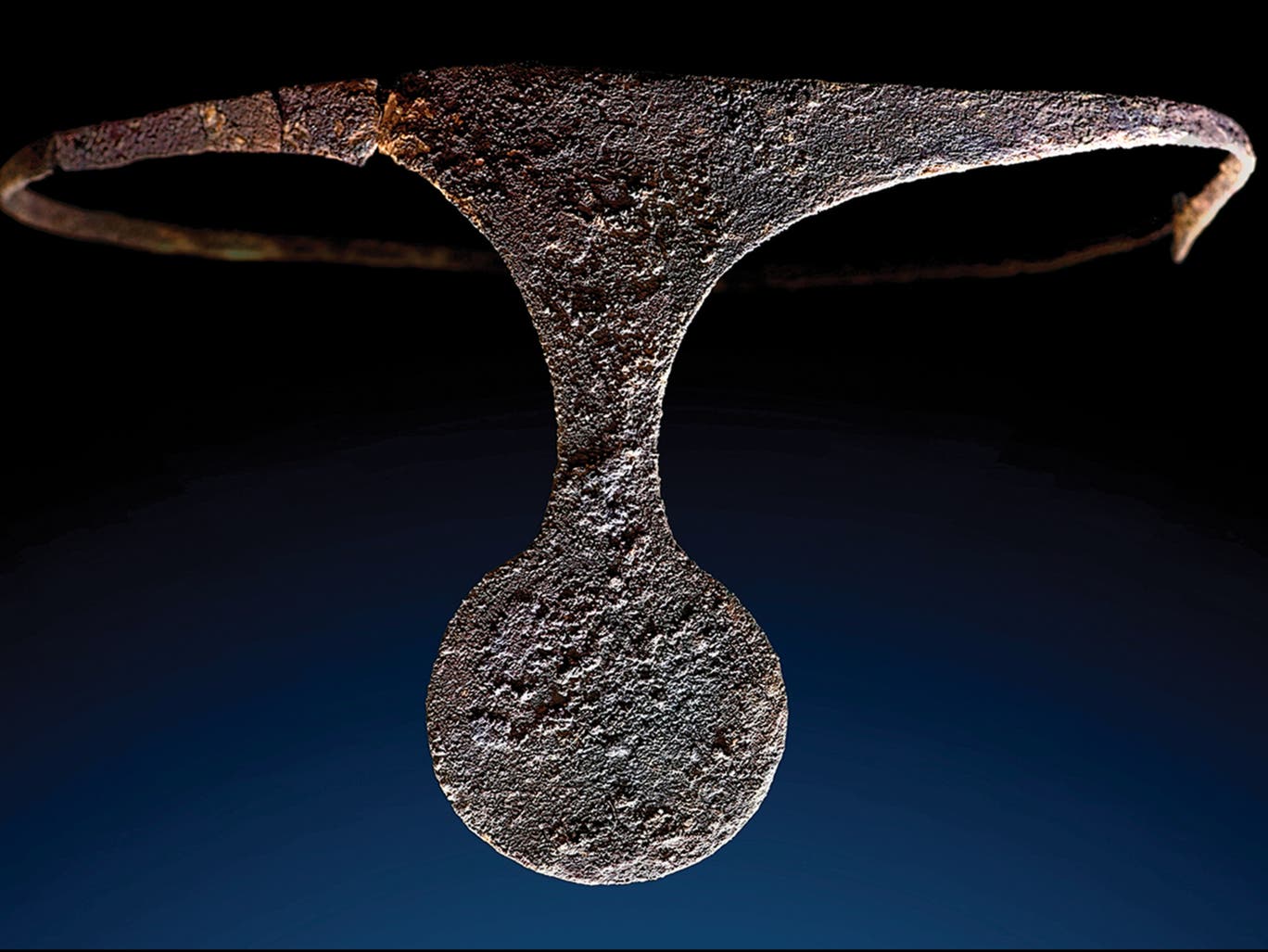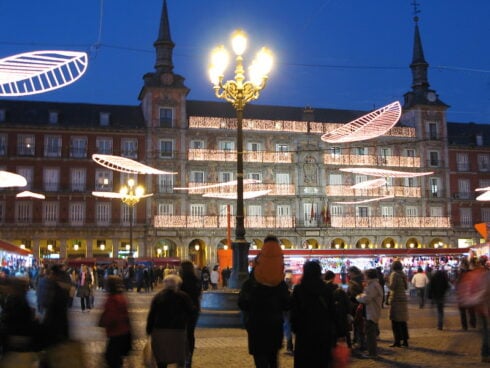AN ancient burial site in the Murcia region suggests that women may have ruled the roost in the early Bronze age.
That possibility is being seriously put forward after the remains of a female were found with a silver crown on her head.
Archaeologists first discovered the burial ground in 1944 which dates back to 1,700 BC at La Almoloya in the Pliego municipality.
The site is believed to be the cradle of the El Argar society, which flourished between 2,200 and 1,550 BC.
The woman’s remains, discovered in 2014, were buried with a man and several valuable objects, most notably the rare silver crown-like diadem on her head.
The man had far fewer items in the grave which has led experts to suggest that the woman had more power and could have ruled the area.
DNA samples showed that the two individuals were not biologically related, but had had children together.
Further analysis of the remains and artifacts over the last few years led researchers to their conclusions about the significance of the find.
In a statement, they said: “These grave items have allowed us to grasp the economic and political power of this individual and the dominant class to which they belonged,”
Besides the trinkets found on the woman, another aspect of the discovery has excited researchers.
The remains were found underneath a room in what was a large building that was used for ‘political’ purposes as well as a home.
It included an area with benches that could have seated up to 50 people.
That’s led experts to suggest that the use of the building could qualify it to be called a palace and therefore make it the first one to be discovered in Western Europe from the Bronze Age.
Click here to read more Murcia News from The Olive Press.








